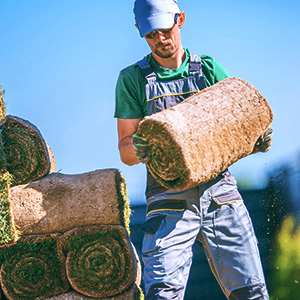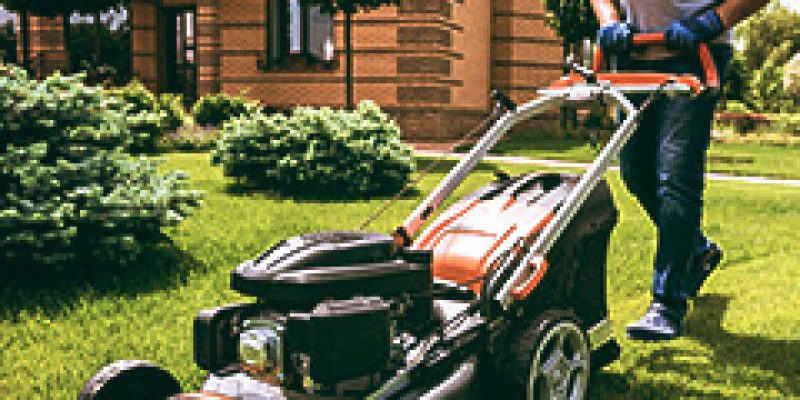We offer Hard & Soft Lawning Solutions
This all changed with the invention of the lawnmower by Edwin Beard Budding in 1830. Budding had the idea for a lawnmower after seeing a machine in a local cloth mill which used a cutting cylinder (or bladed reel) mounted on a bench to trim the irregular nap from the surface of woollen cloth and give a smooth finish
What you get with Beautiful lawning
the 1850s, Thomas Green of Leeds introduced a revolutionary mower design called the Silens Messor (meaning silent cutter), which used a chain to transmit power from the rear roller to the cutting cylinder. The machine was much lighter and quieter than the gear driven machines that preceded them
Extremely responsive & Retina ready
This went hand-in-hand with a booming consumer market for lawns from the 1860s onward. With the increasing popularity of sports in the mid-Victorian period, the lawn mower was used to craft modern-style sporting ovals, playing fields, pitches and grass courts for the nascent sports of football, lawn bowls, lawn tennis and others
We Ensure the Success of Your Green and Garden
The rise of Suburbanisation in the interwar period was heavily influenced by the garden city movement of Ebenezer Howard and the creation of the first garden suburbs at the turn of the 20th century. The garden suburb, developed through the efforts of social reformer Henrietta Barnett and her husband, exemplified the incorporation of the well manicured lawn into suburban life. Suburbs dramatically increased in size. Harrow Weald went from just 1,500 to over 10,000 while Pinner jumped from 3,00 to over 20,000. During the 1930s, over 4 million new suburban houses were built and the ‘suburban revolution’ had made England the most heavily
Facility provided
A lawn is an area of soil-covered land planted with grasses and other durable plants such as clover which are maintained at a short height with a lawnmower.
Dedicated 24/7 Support Our Support Service is always available 24 hours a day, 7 days a week to help you create your own business solution. a reader will be distracted by the readable.
Lawn monoculture was a reflection of more than an interest in offsetting depreciation, it propagated the homogeneity of the suburb itself. Although lawns had been a recognizable feature in English residences since the 19th century, a revolution in industrialization and monoculture of the lawn since the Second World War fundamentally changed the ecology of the lawn. Intensive suburbanization both concentrated and expanded the spread of lawn maintenance which meant increased inputs in not only petrochemicals, fertilizers, and pesticides, but also natural resources like water.
Front lawns became standardized in the 1930s when, over time, specific aspects such as grass type and maintenance methods became popular. The lawn-care industry boomed, but the Great Depression of the 1930s and in the period prior to World War II made it difficult to maintain the cultural standards that had become heavily associated with the lawn due to grass seed shortages in Europe
Experience
Support


Scotts Miracle-Gro Company in the United States encouraged families to continue to maintain their lawns, promoting it as a stress-relieving hobby. During the war itself, homeowners were asked to maintain the appearances of the home front, likely as a show of strength, morale, and solidarity. After World War II, the lawn aesthetic once again became a standard feature of North America, bouncing back from its minor decline in the decades before with a vengeance, particularly as a result of the housing and population boom post-war
The VA loan in the United States let American ex-servicemen buy homes without providing a down payment, while the Federal Housing Administration offered lender inducements that aided the reduction of down payments for the average American from 30% to as little as 10%. These developments made owning your own home cheaper than renting, further enabling the spread of suburbia and its lawns.







